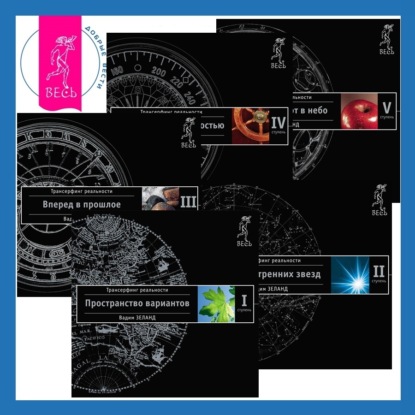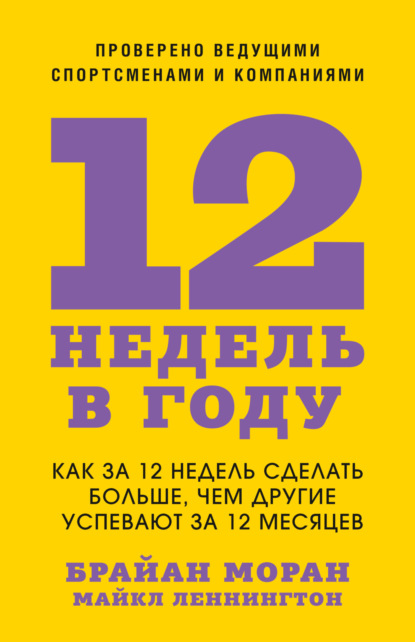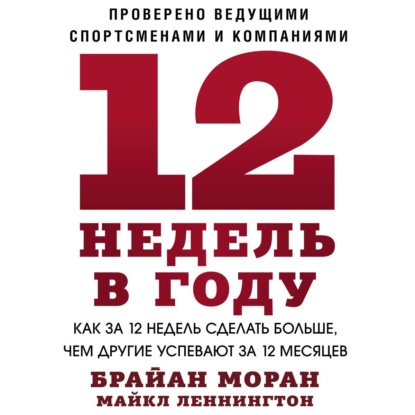Excerpt from The Practical Medicine Series, Vol. 4 of 8: Pediatrics; Orthopedic Surgery
The Nitrogenous and Sugar Content of the Blood of the New-Born. Analyses of the blood of normal newborn infants, made by J. P. Sedgewick and M. R. Ziegler,1 show that the values for creatin plus creatinin and non-protein nitrogen are high during the first few days of life corresponding with the high values for uric acid during that period. The creatinin and sugar values are essentially the same as the adult normal values, and the urea nitrogen is near the maximum normal value for adults.
The Newer Knowledge of the New-Born. The latest additions to our knowledge of the new-born are reviewed by A. G. Mitchell.2 In discussing these diseases of the new-born the author says:
There are certain diseases that are peculiar to the new-born. With some of these we are quite familiar and they often present obvious symptoms. Suffice it to mention, in this connection, hereditary syphilis, which usually presents manifestations before the end of the first month of life; atelectasis; the several varieties of icterus; the acute pyogenic infections of the new-born, including ophthalmia and pemphigus, tetanus and the hemorrhagic diseases. One should be on the lookout for meningitis, as it occurs in very early life and may have as an etiologic organism the tubercle bacillus, B. coli communis, meningococcus, M. catarrha-lis, pneumococcus, B. mucosus capsulatus, staphylococcus, streptococcus, B. pyocxjaneus or B. lactis aerogenes. It is no longer doubtful that tuberculosis may be a congenitally transmitted disease.
One is accustomed to thinking of the young baby as immune to the common contagious diseases.
About the Publisher
Forgotten Books publishes hundreds of thousands of rare and classic books. Find more at www.forgottenbooks.com
This book is a reproduction of an important historical work. Forgotten Books uses state-of-the-art technology to digitally reconstruct the work, preserving the original format whilst repairing imperfections present in the aged copy. In rare cases, an imperfection in the original, such as a blemish or missing page, may be replicated in our edition. We do, however, repair the vast majority of imperfections successfully; any imperfections that remain are intentionally left to preserve the state of such historical works. Это и многое другое вы найдете в книге The Practical Medicine Series, Vol. 4 of 8 (Isaac An; Abt)















